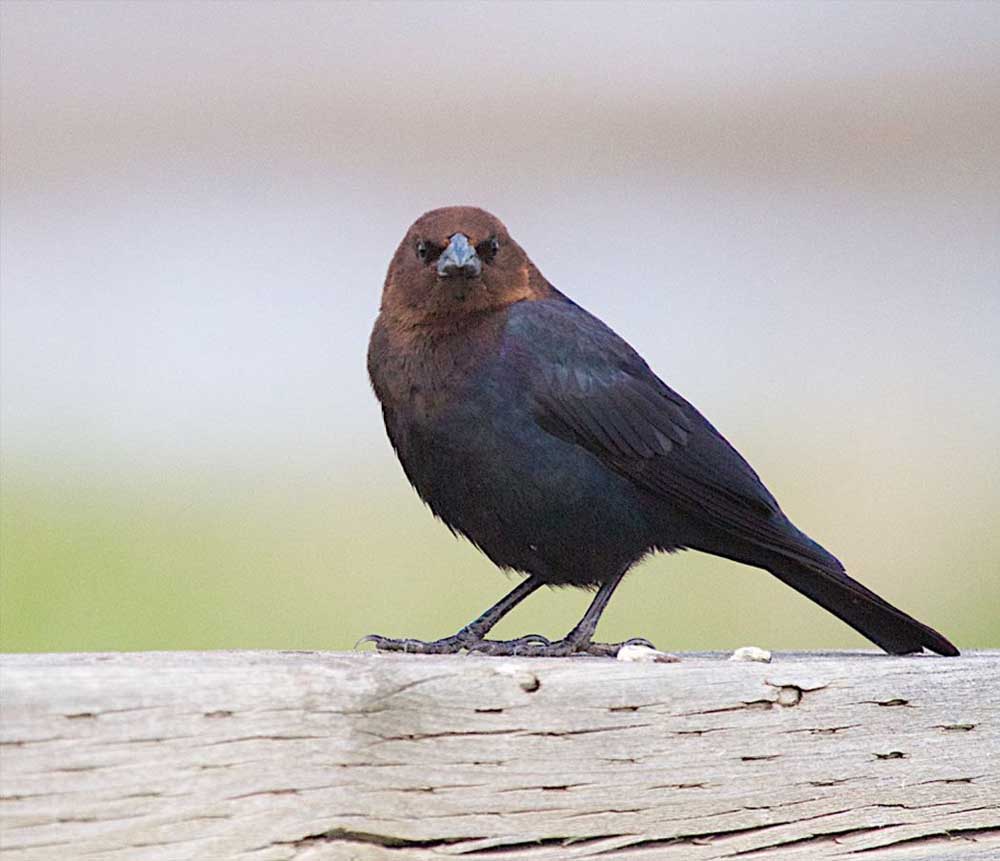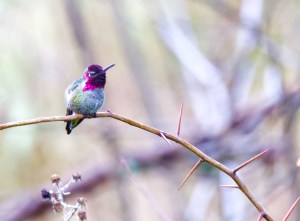Birdwatching The brown-headed cowbird: Portrait of a parasite
Published 9:41 am Tuesday, June 9, 2015

- Birdwatching The brown-headed cowbird: Portrait of a parasite
The brown-headed cowbird parasitizes other species of birds, especially those that are smaller, such as the song sparrow, yellow warbler and white-crowned sparrow.
Trending
Cowbirds never build a nest. Instead the female lays one egg in each of the nests of the host bird she chooses. According to the Smithsonian Migratory Bird Center, a single female cowbird is capable of parasitizing 30-40 nests over the breeding season because she can lay more eggs than any other bird species.
Cowbird eggs hatch in 11 to 12 days, where as those of the host usually take about 17 days to hatch. This gives the young cowbirds an advantage over the host’s babies. Being larger, they are more demanding and get the bulk of the food that their foster parents bring, starving the other nestlings. In addition, they literally may crowd smaller nestlings right out of the nest.
The good news is that some host birds recognize the cowbird egg and either remove it or cover it with nesting material. Others delay nesting or nest earlier than the cowbird’s breeding season, while others nest more than once during a season. Because the cowbird chooses hosts that nest in more open areas like forest edges or open areas in the woods, keeping forests intact helps to limit the Brown-headed cowbird’s opportunities to parasitize other species.
Trending
The brown-headed cowbird is a small blackbird with a short tail and long pointed wings. Its bill is thick and coned shaped. The male has a brown head and black body with a greenish gloss. The female is a pale grayish-brown.
The brown-headed cowbird feeds on the ground and favors invertebrates, fruits, grains and seeds. It will also come to feeders.
It is a common, permanent resident of the Willapa National Wildlife Refuge and other areas of the Peninsula. Look for the brown-headed cowbird on lawns, in meadows, in fields and near livestock and if you see a bird such as a white-crowned sparrow feeding a bird much larger than itself, you can bet it is a baby brown-headed cowbird!






